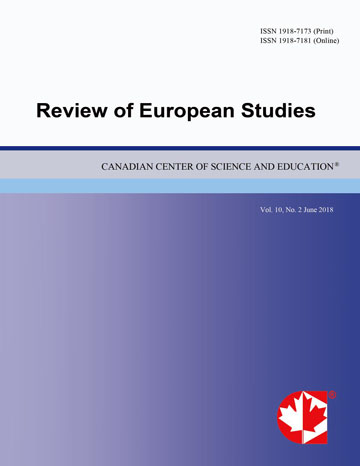From Mutual Hedging to All-Round Competition — The Strategic Transformation of Sino-US relations
- Yang Meijiao
Abstract
Since the 21st century, the United States has gradually felt the insecurity brought by structural pressure, and then shifted its strategic focus to the Asia-Pacific region. The Obama administration put forward "Pivot to Asia", and Trump has abandoned the legacy of the previous administration and constructed his own discourse system. He put forward the "Indo-Pacific strategy", which has been expanded in both degree and contents. Meanwhile, China has taken a variety of corresponding strategies respectively. These include the Belt and Road Initiative and a community with a shared future for mankind and the strategic thought of major country diplomacy with Chinese characteristics. These two countries’ communicating model has changed from mutual hedging to all-round competition. With the change of US Asia Pacific (Indo-Pacific) strategy, this article uses the neoclassical realism theory to analyze them in detail, and analyzes the factors that influence the change of US strategies and the transformation of Sino-US relations from the system level, the national level and the individual level. Apart from that, their comprehensive competition has added challenges and difficulties to the construction of coordination, cooperation and stability.
- Full Text:
 PDF
PDF
- DOI:10.5539/res.v12n3p88
Index
- ACNP
- CNKI Scholar
- DTU Library
- Elektronische Zeitschriftenbibliothek (EZB)
- EuroPub Database
- Excellence in Research for Australia (ERA)
- Genamics JournalSeek
- Google Scholar
- Harvard Library
- HeinOnline
- Infotrieve
- JournalTOCs
- Mir@bel
- Open policy finder
- RePEc
- ResearchGate
- ROAD
- Scilit
- Technische Informationsbibliothek (TIB)
- The Keepers Registry
- Universe Digital Library
- WorldCat
Contact
- Paige DouEditorial Assistant
- res@ccsenet.org
